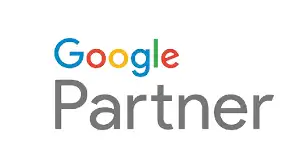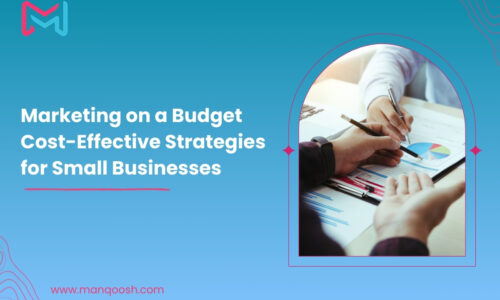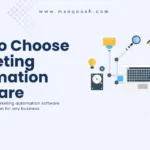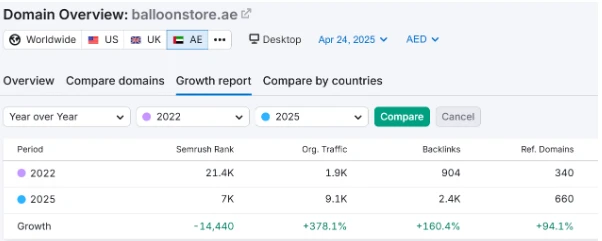How to Choose Marketing Automation Software
- digitalmanqoosh
- June 24, 2023
- Uncategorized
- 0 Comments
Step-by-Step Guide to Finding Your Perfect Match
Introduction: In today’s fast-paced digital world, marketing automation software has become a cornerstone for businesses aiming to streamline their marketing efforts and drive growth. However, with a multitude of options available, selecting the right software can be an overwhelming task. Fear not! This step-by-step guide will help you navigate the marketing automation software maze and find the perfect match for your business.
Step 1: Define Your Marketing Goals: Begin by clearly defining your marketing objectives. Identify the specific areas where automation can make a substantial impact, such as lead generation, email campaigns, social media management, or customer segmentation. This clarity will serve as a compass for your software selection journey.
Step 2: Thorough Research and Comparison: Embark on a thorough research expedition to discover reputable marketing automation software providers. Examine features, functionalities, pricing structures, and customer reviews. Consider well-established options like HubSpot, Marketo, Pardot, ActiveCampaign, and Mailchimp.
Step 3: User-Friendly Interface: Embrace the quest for software with an intuitive and user-friendly interface. Seek a solution that simplifies complex tasks, allowing your team to unleash their full potential. Look for features like drag-and-drop functionality, customizable dashboards, and easily navigable workflows.
Step 4: Scalability and Flexibility: Peer into the future and envision the growth of your business. Choose a software solution that can scale seamlessly with your expanding needs. Ensure it can handle increasing data volumes, accommodate additional users, and integrate harmoniously with existing tools and systems.
Step 5: Unleash the Power of Customization: Harness the power of customization to align the software with your unique brand identity and marketing strategies. Select a software solution that offers extensive customization options for workflows, templates, and reporting, empowering you to stand out from the competition.
Step 6: Support and Training: Examine the support and training offerings from software vendors. Seek comprehensive resources such as detailed documentation, interactive tutorials, and responsive customer support. A robust support system will be your guiding light throughout implementation and usage.
Step 7: Seamless Integration: Evaluate how well the marketing automation software integrates with your current tech stack. Confirm compatibility with your CRM system, email marketing tools, content management systems, and other vital platforms. Smooth integration will foster efficient data flow and enhance productivity.
Step 8: Safeguarding Your Data: Prioritize data security as the cornerstone of your software selection process. Opt for software providers that prioritize stringent data protection measures, including encryption, regular backups, and compliance with industry data privacy regulations.
Step 9: Measure the Return on Investment (ROI): Assess the potential ROI of the software. Look for features that align with your key performance indicators (KPIs). Monitor metrics like lead conversion rates, customer engagement, and revenue growth to gauge the software’s impact on your business’s success.
Conclusion: Congratulations! By following this step-by-step guide, you’ve equipped yourself with the knowledge and tools to navigate the marketing automation software maze successfully. Embrace the journey, evaluate your options meticulously, and select a software solution that will propel your marketing efforts to new heights, driving growth and success for your business.














